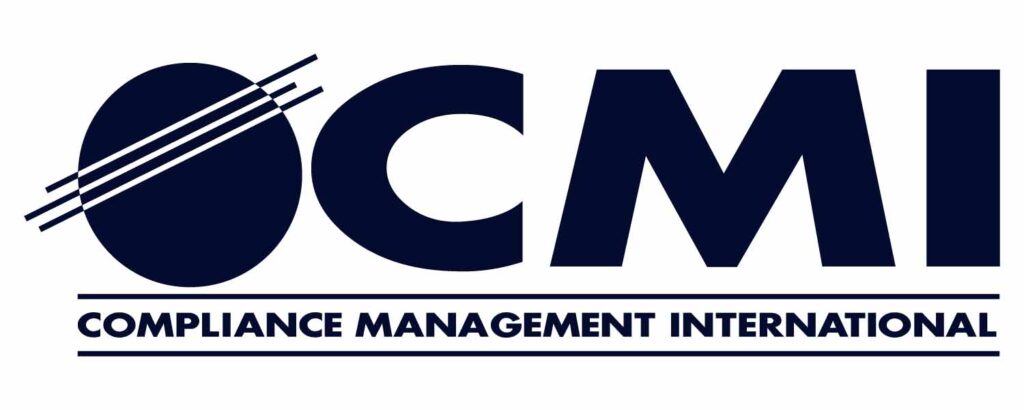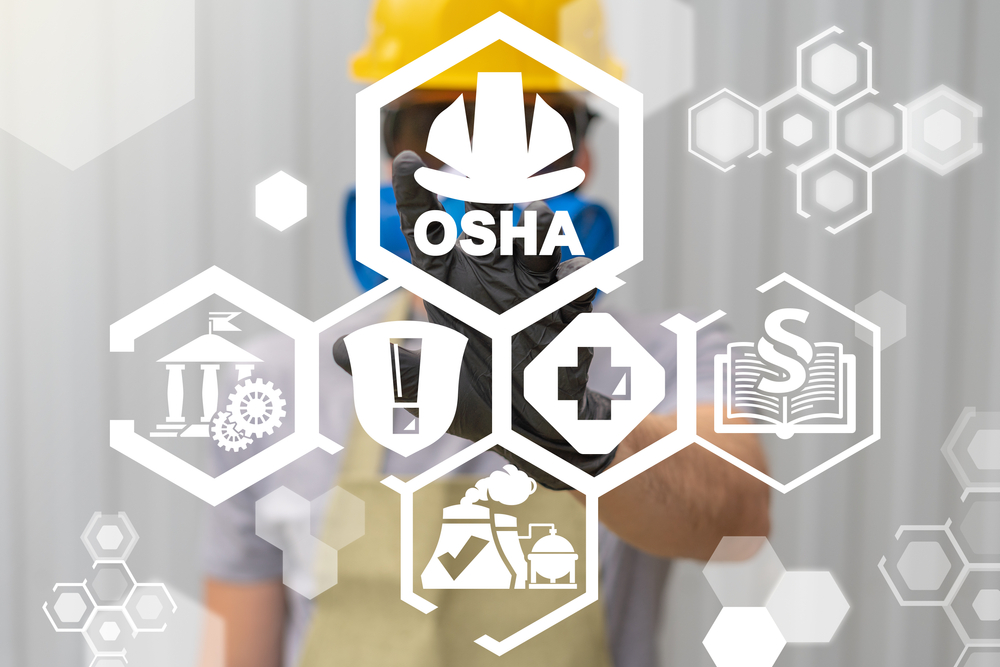Staying Ahead of Evolving Workplace Risks
Manufacturing environments are changing rapidly as automation, energy systems, and materials evolve. With these changes come new environmental and occupational hazards that require fresh approaches to safety management. OSHA continues to prioritize enforcement in sectors that face higher risks of chemical exposure, heat stress, and machine-related injuries — meaning manufacturers must stay proactive in compliance and prevention.
Heat Stress and Climate Adaptation in Facilities
Extreme temperatures are becoming a top concern for industrial operations. Manufacturers with large indoor spaces or limited ventilation are seeing a rise in heat-related incidents, particularly in summer months. OSHA’s ongoing Heat Illness Prevention Rule development signals that employers will soon face stricter requirements for temperature monitoring, hydration programs, and acclimatization procedures. Now is the time for facilities to integrate smart temperature and humidity sensors, review HVAC efficiency, and train employees on early signs of heat illness.
Air Quality and Industrial Emissions
Airborne particulates, welding fumes, and volatile compounds remain under close regulatory watch. Manufacturers are adopting real-time air monitoring systems that connect to cloud dashboards and trigger alerts when exposure levels approach OSHA’s permissible exposure limits. Beyond compliance, these systems are helping companies demonstrate ESG accountability by documenting improved indoor air quality and reduced emissions.
Machine Safety and Automation Risks
As robotics and automated systems replace manual processes, the safety focus is shifting from physical guarding to interaction zones, motion sensors, and software interlocks. OSHA’s emphasis on lockout/tagout (LOTO) modernization means employers must reassess procedures for automated systems that rely on stored energy or remote activation. Manufacturers should ensure risk assessments are updated whenever new automation or cobots are introduced to the production line.
Sustainability Meets Safety
Manufacturers are increasingly linking sustainability metrics with safety outcomes — tracking energy efficiency, waste reduction, and injury rates under one integrated framework. A well-designed environmental and safety management system (ESMS) not only improves compliance but also supports long-term operational resilience.
Manufacturers that invest now in climate adaptation, real-time monitoring, and smarter machine safety will be better positioned to meet future OSHA standards, while strengthening worker protection and productivity.



